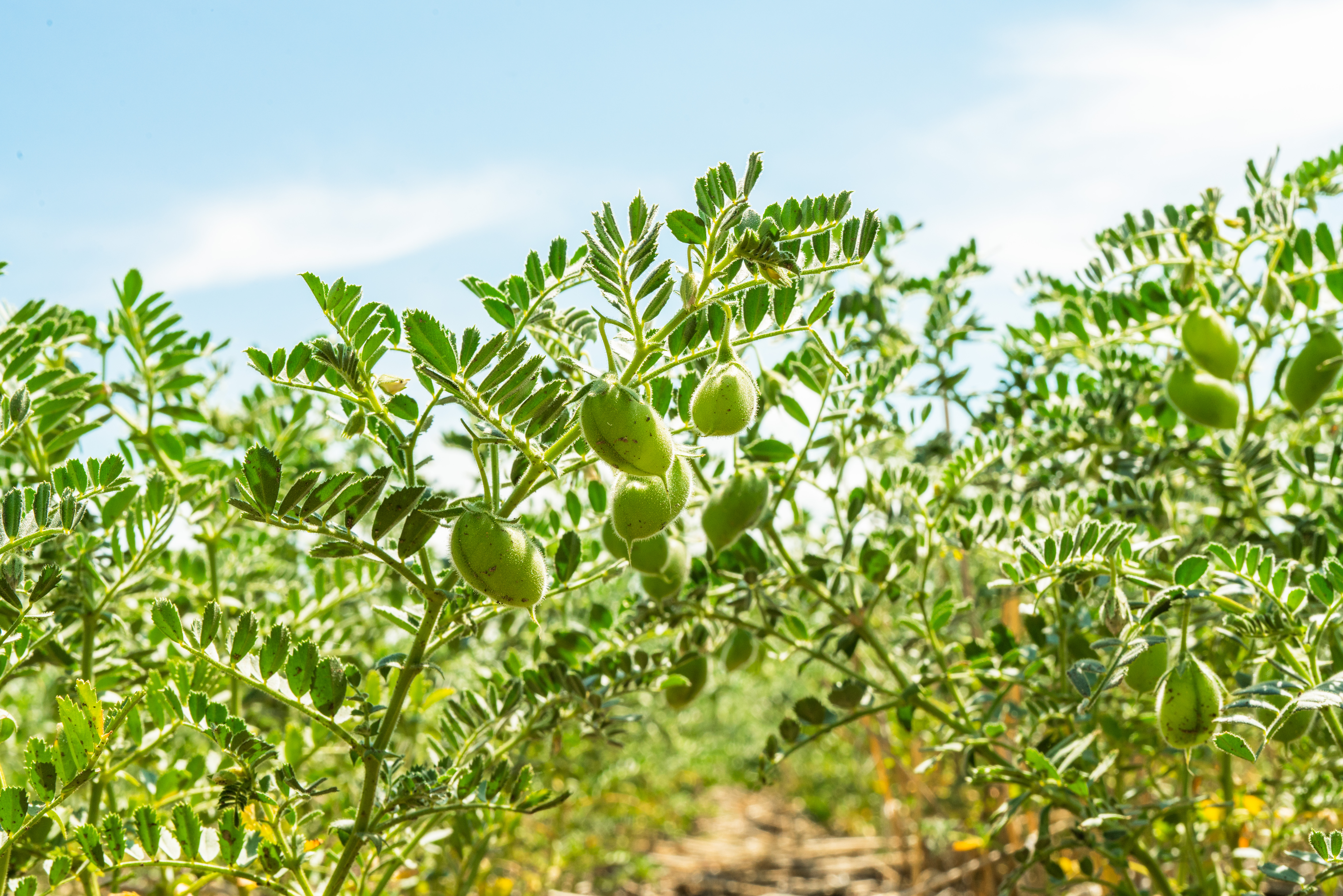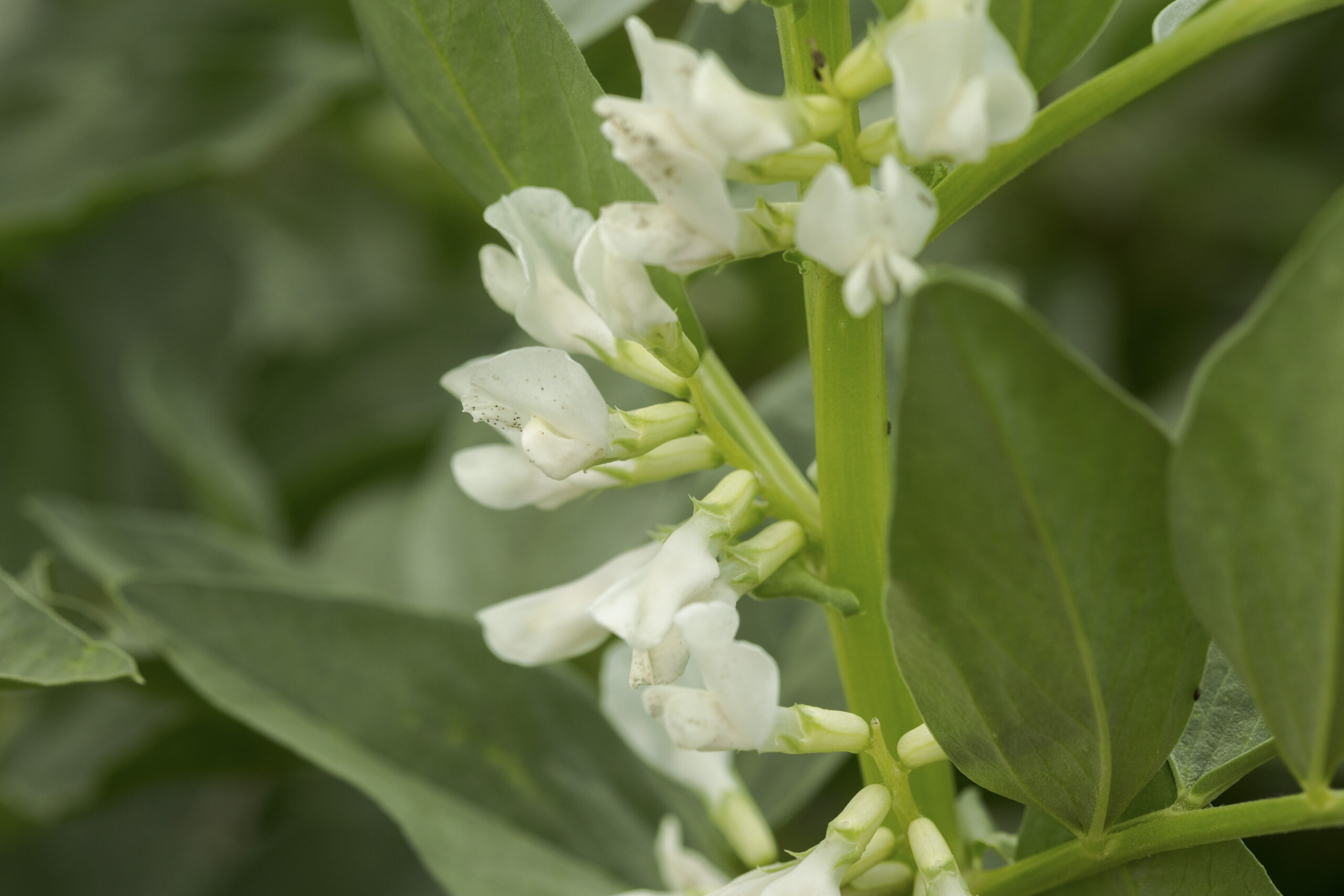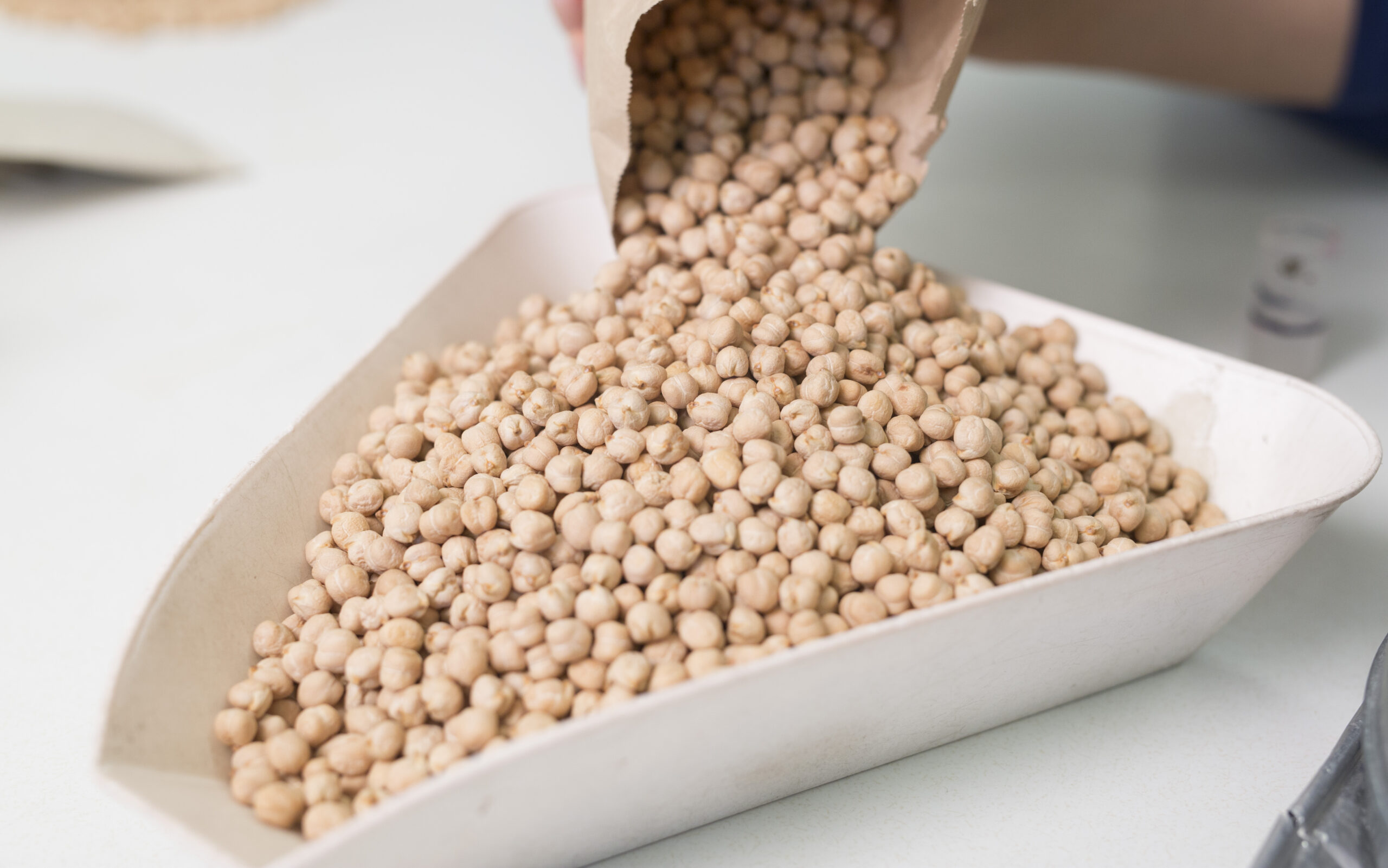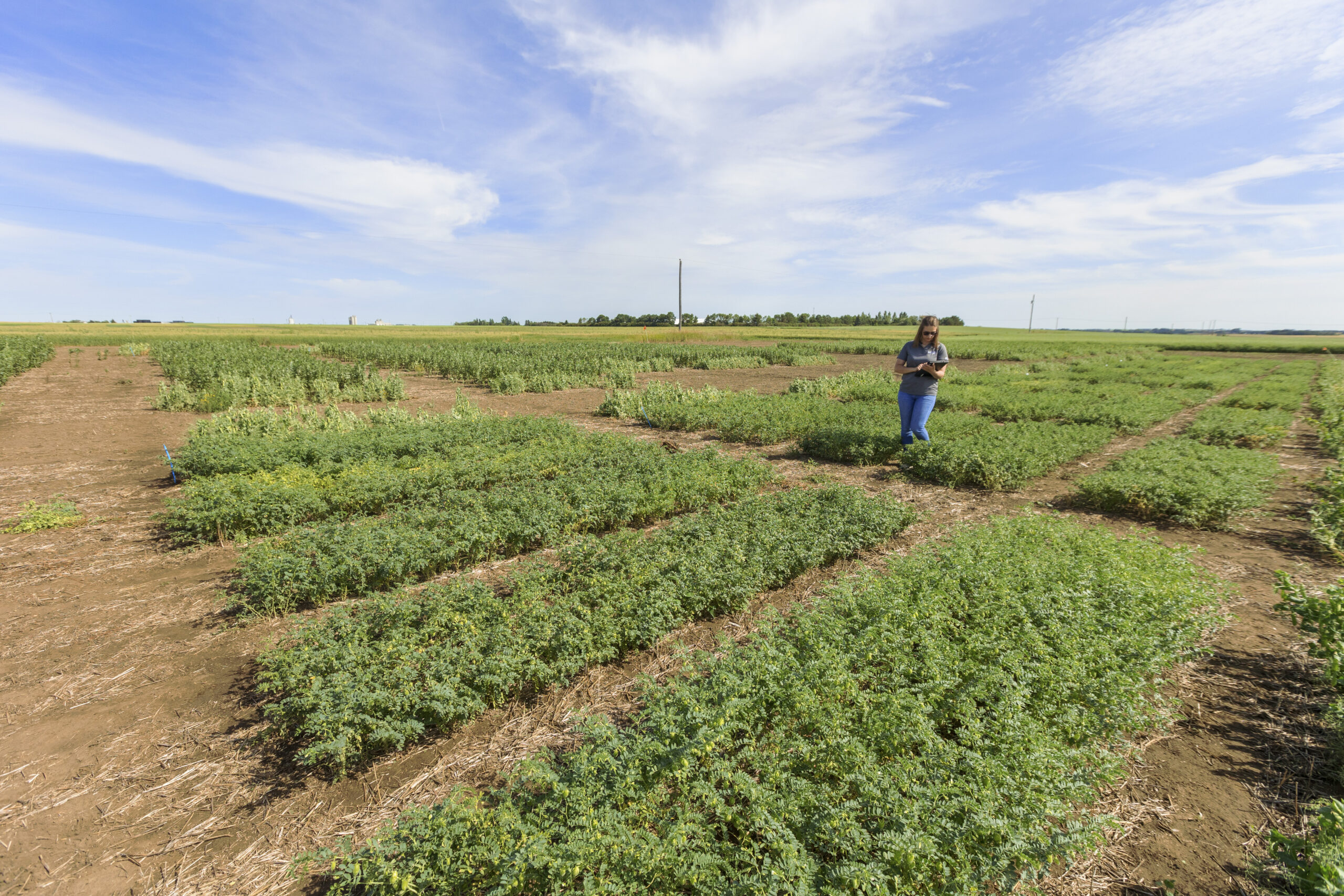By Noelle Chorney
In the past decade, Saskatchewan Pulse Growers (SPG) has invested substantial research funding toward the development of pre-breeding and breeding tools for pulses. The results of these investments can seem somewhat removed from the direct farmgate, but over time they lead to new varieties and technologies that directly benefit growers.
Traditional plant breeding requires field testing of new crosses in multiple environments over generations. It used to take upwards of 15 years, with several costly dead ends, to develop a new crop variety. With advancements in associating genotypes (genetic sequences of individual plants) with observable traits (known as phenotypes), the length of time this process can take has been cut in half. The steps, however, continue to take time and resources.
Dr. Kirstin Bett, Professor of Plant Breeding and Genetics at the University of Saskatchewan, says, “Breeders are trying to incorporate the best genetics from different parents into one package – a new and improved variety. To do this we make crosses and then screen thousands of lines to identify the special one. The faster we can do this, the more efficient the breeding program is, as we use fewer resources on lines that ultimately have no hope.”
Dr. Bunyamin Tar’an, Ministry of Agriculture Strategic Research Program (SRP) Chair in Chickpea and Flax Breeding and Genetics, says, “Characteristics that are important to farmers such as maturity, yield, and disease resistance, are highly dependent on the environment. It takes multiple years of growing in various regions and growing conditions to determine environmentally sensitive traits. Nutritional characteristics and processing quality, which are important to consumers, also require high numbers of seeds to be ground and processed, which is only possible at the end of a breeding cycle. We ask ourselves, how can we make selections early on in the cycle so that when we get to field trials, we can be confident we are hitting multiple traits in one plant?”
Before researchers can identify genetic markers, they need to characterize the physical traits of the plants, known as phenotyping. “This is critical – you can’t find a marker if your phenotypic characterization is done badly. We spend a lot of time and resources to characterize material at this stage of marker development,” says Dr. Bett.
Dr. Tar’an says the phenotyping process can take two to five years. Researchers must grow large populations of plants in variable environments, different regions of the province, and through various weather patterns. Once that process is complete, they can match what they know of the plants’ genome to the phenotypic information to determine genetic markers or areas within the genome that carry the trait of interest.
The most common genetic tool used in pulse breeding is called single nucleotide polymorphism (SNP), in which researchers find a variation in a genetic sequence that is associated with a genetic trait or series of traits. These variations are known as genetic markers, which researchers can then screen for and confidently assume they are getting the associated traits they’re looking for.
While the big crops like canola and soybeans have had their genomes mapped for ages, this is not the case for smaller pulse crops. Sequencing of these crop genomes had to wait for costs to come down and technology to improve. “There is also variability among species of pulses, but the more we know about the genomes of related plants, the more we can leverage information from one species to another. For example, we know the gene for white seed coats in bean and zero tannin seed coats in lentil because they are the same gene that was identified in peas,” says Dr. Bett.
“If we can test individual seeds rather than a whole lot of plants, then we don’t have to use time and resources to grow a test plot – and we at least have a fighting chance of progress! As an example, if I know I need a specific gene to be successful, but only one parent carries it, I can screen offspring with a marker right away to make sure that only those that carry the gene are put out for further testing. If it is on 50% of the lines, I will screen twice the number I can accommodate in the field and seed only those that have the marker. This means I did not waste effort or resources on lines without it,” says Dr. Bett.
The benefit to the industry is better understanding traits and how to select for them. “The traits we’re looking for are controlled by complexes of genes, so we learn what is happening at the genetic level and share our findings through reports and publications. We’re creating new varieties with simple trait improvement in three years, instead of 12 to 15 years. When we’re considering a complex list of traits, we can deliver new varieties in eight years,” says Dr. Tar’an. “We are improving value chains from farmers to grain processors to millers to consumers. Better genetics have a chain effect.”
Pulse researchers are hoping to continue to map genomes of some of the smaller pulse crops to speed the process of developing trait-based selection. “By having all the information on the genetic characteristics of a plant species, we can target trait complexes, instead of one trait at a time,” says Dr. Tar’an. “It’s a dynamic tool and evolving quickly. The question is what we can afford, and the resources required to develop those tools. We want to have enough information to develop prediction models, which will allow us to select for the highest chance of success.”
“We’re trying to get the best varieties in the most reasonable amount of time – but it takes generations of testing. It takes time to make sure they’re stable across lines and locations. And we’re racing against other challenges like climate change, disease adaptations, and pests expanding their ranges. Living organisms are dynamic and changing.”
As breeding efficiency improves, growers can look forward to better adapted varieties that improve yields even as growing conditions change.
Published October 2022



